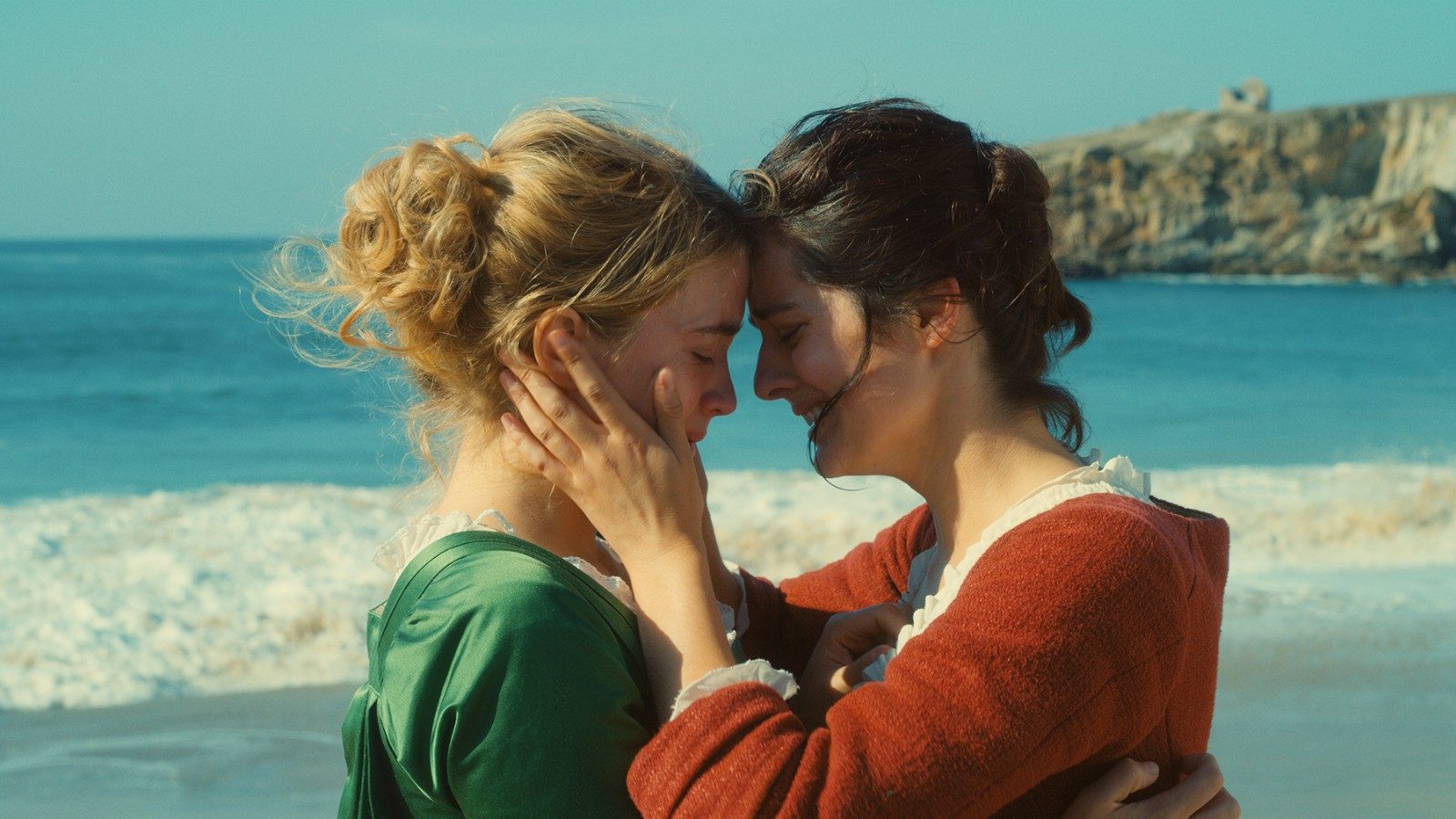Marianne, a young female painter, is escorted to a remote French island with an impossible task: she must paint another woman, Heloise, without her knowing that she is Marianne’s muse.
Heloise is to be married, and this portrait will be what seals the future relationship. For Marianne to accomplish this, she must befriend Heloise, who has rejected this marriage and conceal the true assignment at hand. This is just the beginning of one of the most spectacular and mysterious movies of the last few years, and my current frontrunner for best film of 2019.
One of the most exciting components of Portrait is that the story invites the audience to participate in the character’s goals. We often watch characters in movies try to overcome an insurmountable obstacle, and vicariously cheer them on without having any ability to be in their shoes. In the case of this film, the protagonist is tasked with a straightforward yet challenging goal: study a woman close enough to be able to paint her accurately. With this premise and an excellently paced reveal of information, we too join in on this quest. When we see Heloise for the first time, we are also studying every possible detail; every glimpse aids us in being able to imagine what the portrait would be like. Director Céline Sciamma cleverly points us toward what to observe: her ears, her eyes, every possible detail that will help to make an accurate portrait.
Of course, this premise is merely the surface: the film runs rich with subtext and endlessly stunning layers underneath the primary conflict. The four elements of Earth, Wind, Fire, and Water each find their way into play consistently. The film essentially only has four characters, which in some interpretation could align with each element. Like great visual art, there is a clear story to be told upon first glance, but with further scrutiny, more significant themes continue to bring themselves to the forefront.
Fire is the most ostensibly visible element, especially given the title. In this pre-electricity era, nearly every shot has some fire lit, and Marianne’s arrival on the island sparks both a literal and metaphorical flame that burns through the rest of the movie. There is a visual warmth here that absorbs us for the entire runtime. And yet, I would argue, the three other elements must exist in tandem for the others to thrive, and here, they do.
I’m avoiding saying too much, other than confirming the spectacular beauty of this movie. Portrait of a Lady on Fire is one whose intrigue is best seen with a fresh set of eyes, and repeat viewers will get to savor it even further, like any great work of art we see in a gallery. Winner of Best Screenplay at this year’s Cannes Film Festival, Portrait of a Lady on Fire is a cinematic treasure to be remembered both for the end of the year, and far beyond that in film history.
H. Nelson Tracey
Nelson is a film director and editor from Denver based in Los Angeles. In addition to writing for Cinemacy, he has worked on multiple high profile documentaries and curates the YouTube channel "Hint of Film." You can check out more of his work at his website, hnelsontracey.com

